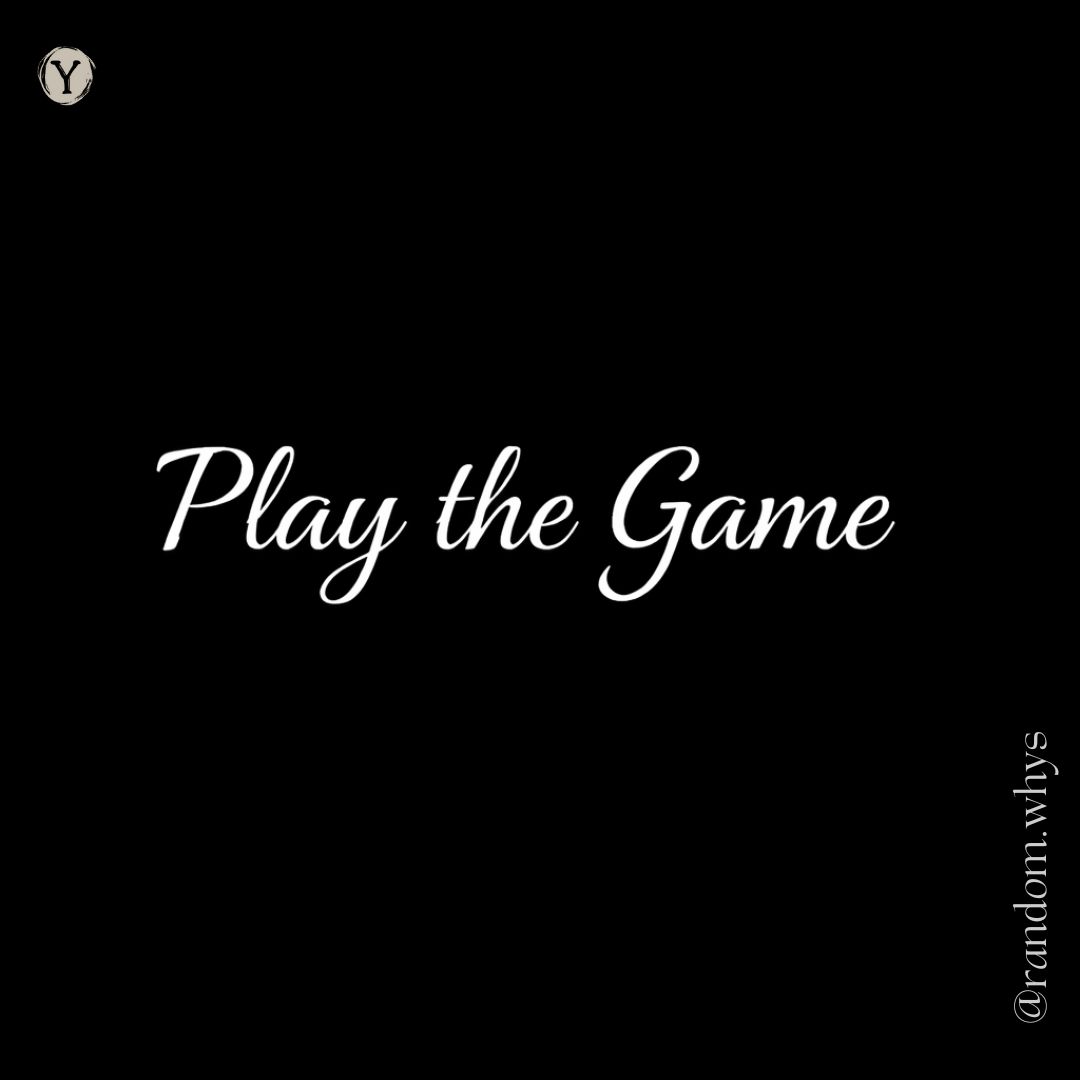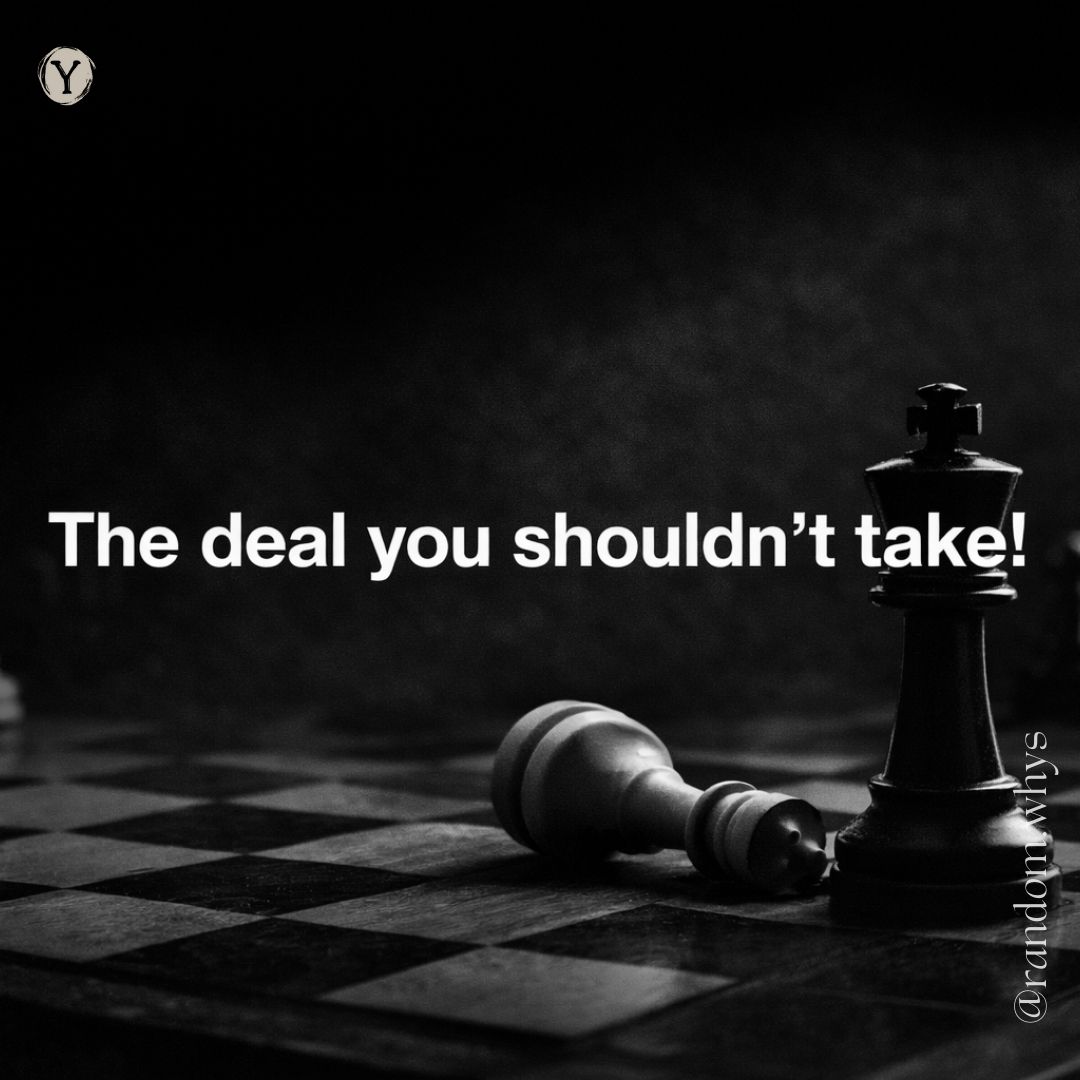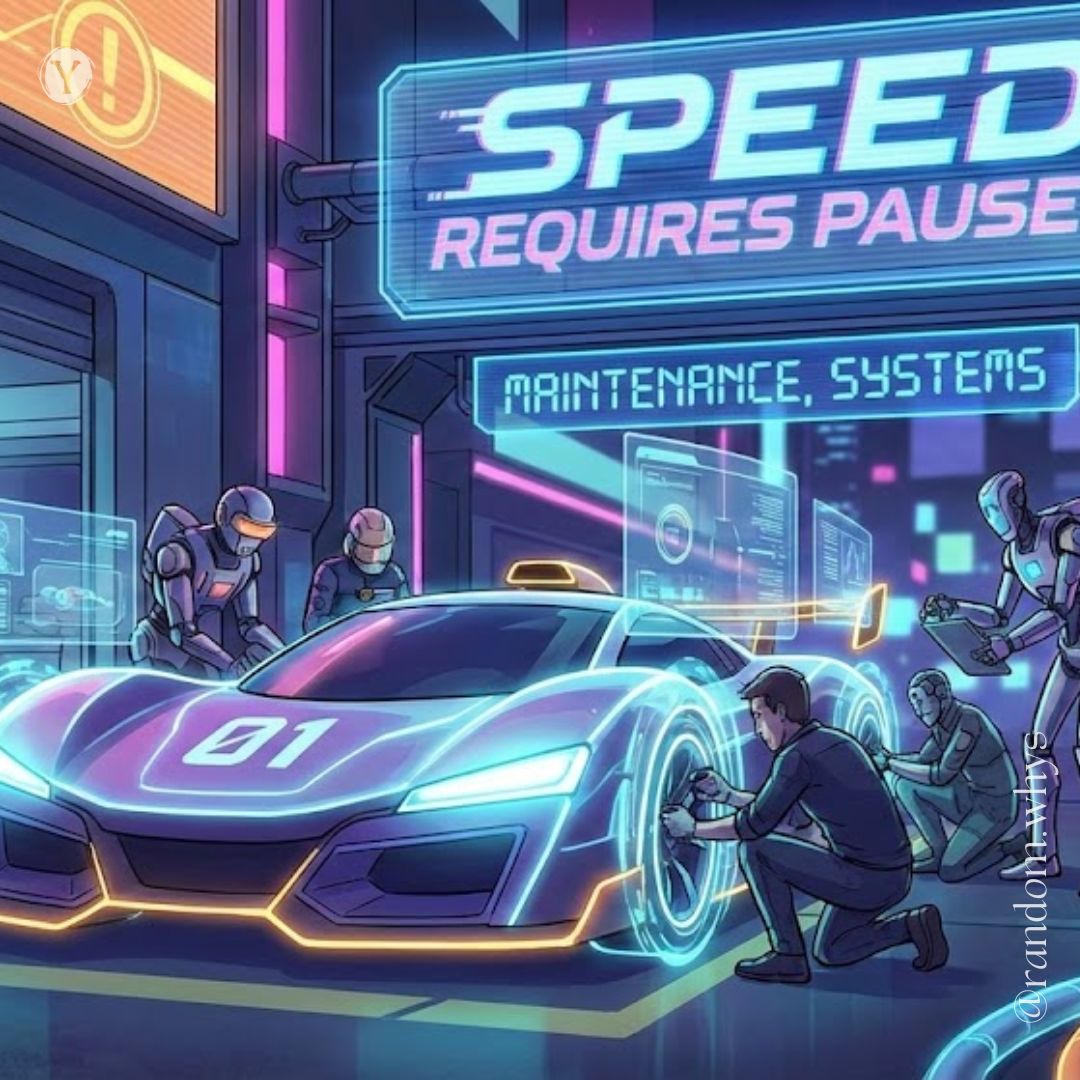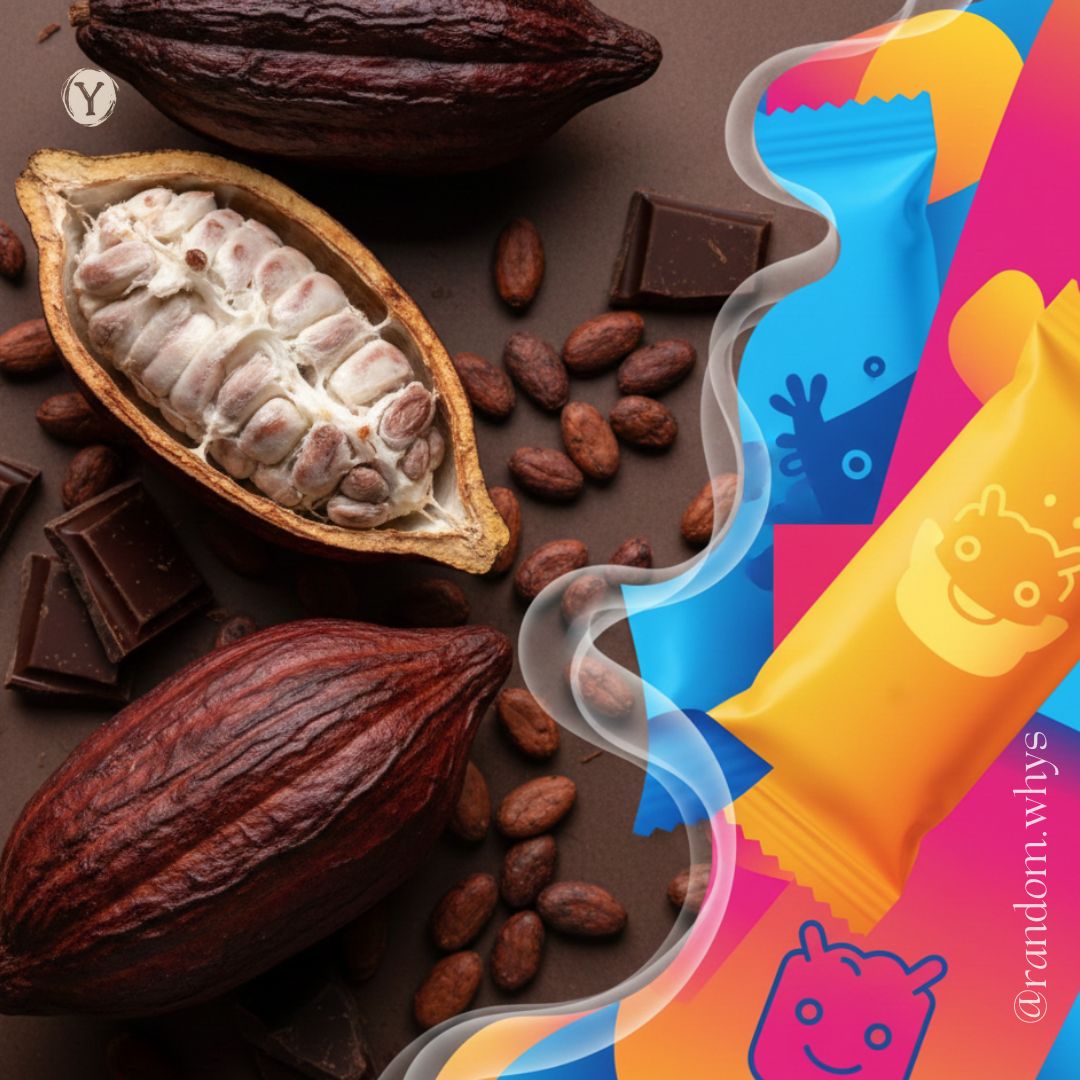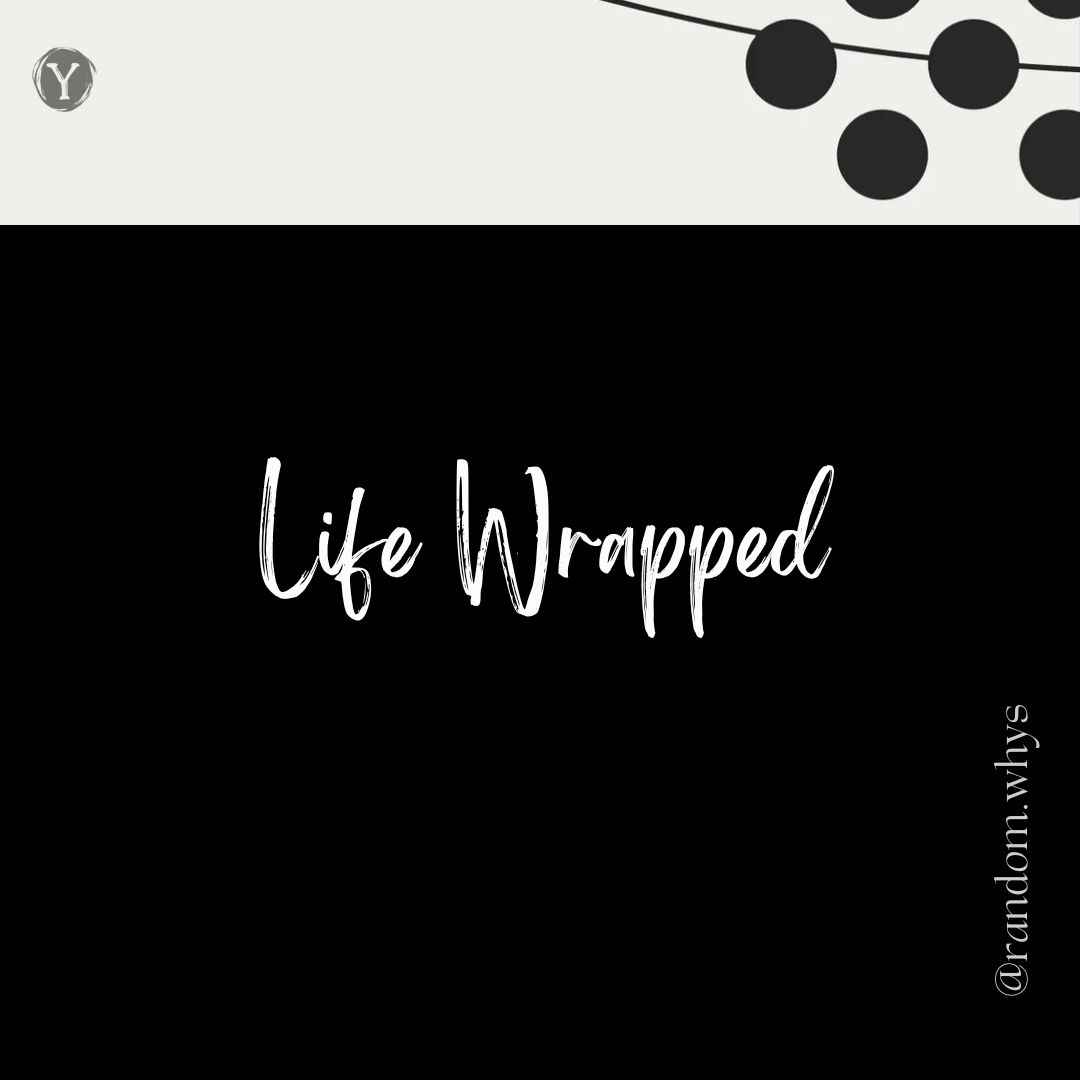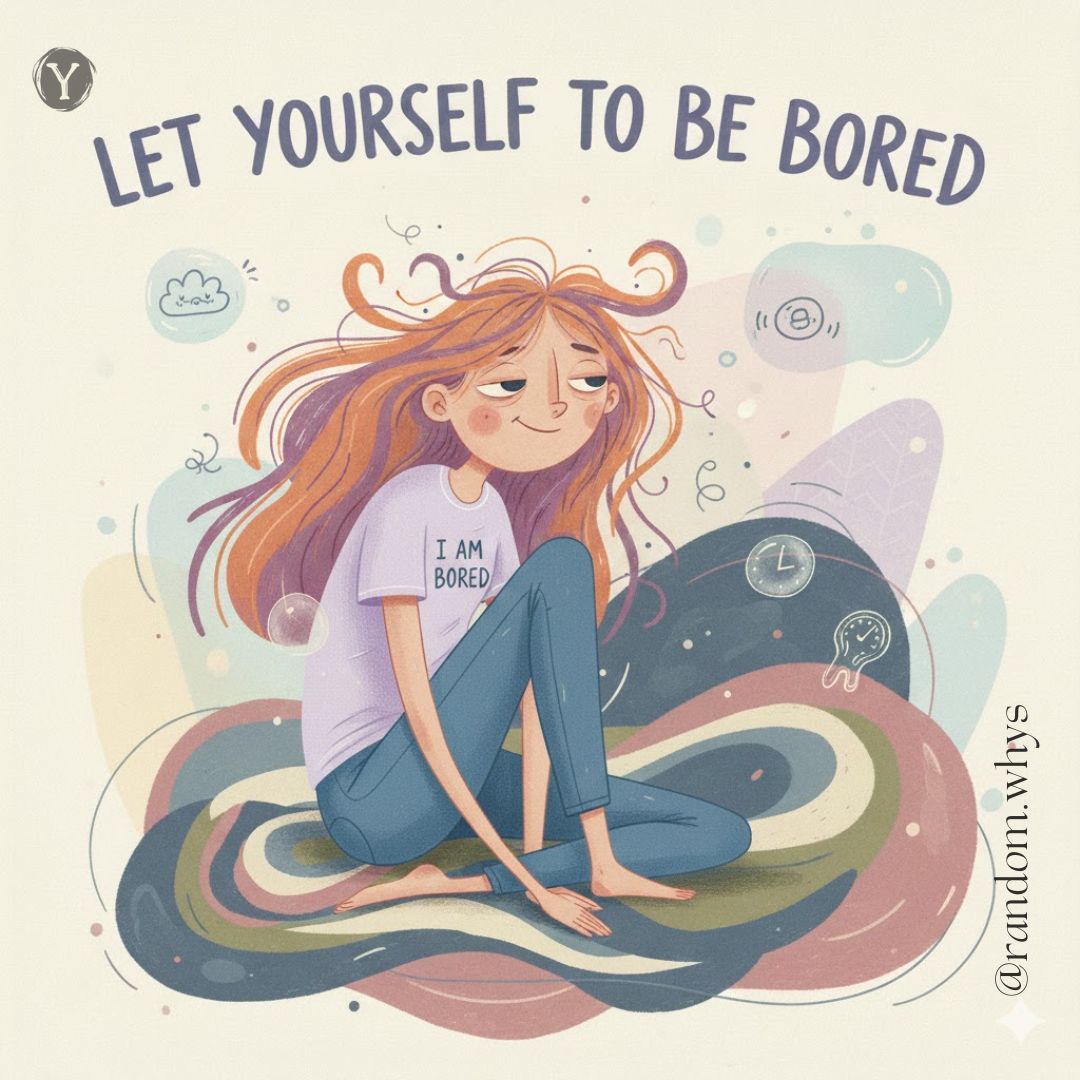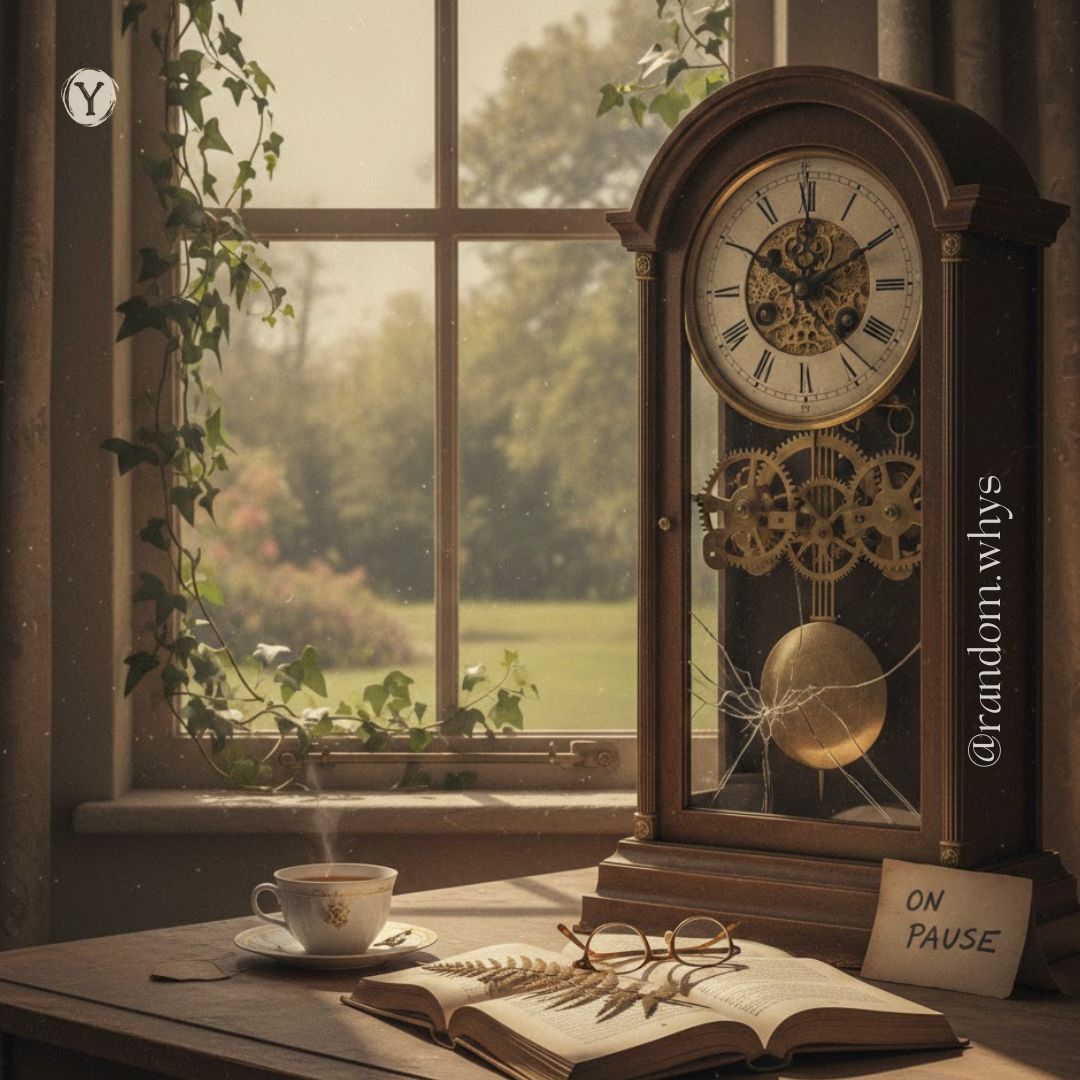3–4 minutes
As someone working in agricultural research, my exposure to cacao was limited. Cacao was mostly intercropped beautifully with towering coconut trees and even now. The notion I carried was simple. The workers (agriculture) were likely local women, toiling hard but within a visible community framework. It got shattered this week.
While exploring cacao for a completely different project, I did not expect the child labour in cocoa. So shocked that I tweeted about it immediately because how did I, someone working in the agri space, miss this?
The Invisible Workforce
While the common perception of field work often defaults to adult labor, data underscores that the foundation of the global chocolate industry involves significant exploitation.
According to various studies, the epicenter of this crisis remains Côte d’Ivoire and Ghana, which collectively supply nearly 60% of the world’s cocoa. 1.56 million children are engaged in cocoa-related child labour. Of particular concern is that around 1.48 million children (aged 5–17) perform hazardous tasks, including operating sharp tools, applying agricultural chemicals, and transporting heavy loads. This figure represents 43% of children living in cocoa agricultural households.
Though the data is most robust for West Africa, the U.S. Department of Labor notes the use of child labor in cocoa production in countries including Cameroon, Nigeria, Brazil, Guinea, and Sierra Leone, highlighting the systemic, poverty-driven nature of the issue. The prevalence of child labor increased over a decade (2008-09 to 2018-19), growing by 14 percentage points alongside a massive 62% rise in cocoa production, underscoring the direct link between global market demand and on-the-ground exploitation.
The Creator Economy Enters Cocoa
Right when I was going down this rabbit hole, I also found myself watching a pod conversation about Feastables & Prime. I’ve always seen Mr. Beast as the YouTube guy planting trees and giving aways… not someone running a consumer goods.
The recent public announcements say they are working toward ending child labour in their cocoa supply chain, shifting to traceable and certified sourcing. And honestly? That caught my attention.
A commitment to 100% Fairtrade Certified Cocoa, providing baseline assurance regarding labor standards. The critical differentiator is the commitment to pay farmers the Living Income Reference Price (LIRP) or market price, whichever is higher. Since farmer poverty is the primary driver of child labor, this commitment directly targets the systemic problem. Implementation of Child Labor Monitoring and Remediation Systems (CLMRS) to identify and remove children from hazardous work, demonstrating a continuous oversight process.
Beyond Hype
The immediate question that arises when a high-profile, creator-led brand adopts a major social mission is: Is this genuine change or highly effective PR?
The adoption of robust, third-party verifiable standards (Fairtrade, LIRP, CLMRS) by a rapidly scaling brand sets a new, higher standard for the industry. This is good. By integrating social accountability into the business model from inception, Feastables transforms ethical sourcing from an optional add-on into a core competitive advantage that resonates with conscious consumers.
The success of this model will determine if the creator economy can be a force for positive change in global supply chains. The true test for Feastables, and for the consumers supporting it, is not the initial intention, but the sustained and verified implementation of its commitments. It serves as a necessary challenge to establish, demonstrating that high-volume, competitive pricing need not preclude a fair and ethical supply chain.
Of course, even well-intentioned certification systems have been criticized for gaps in enforcement and for sometimes prioritizing paperwork over real outcomes. The question is whether they genuinely improves on these limitations.
At the end, If this new wave of brands can reach millions (& upcoming $5 billion unicorn status) with just few video, maybe it can also reach the farms where the real work happens. Growth is good but I hope conscience grows with it.
Maybe, now we all know the chocolate contains the labour of kids
Cheers
Check out the previous post: Why only Spotify? What about life? & other Agriculture posts
Follow on IG & X for more!
If you like what you see and wish to support my work, then
Share your thoughts/suggestion at the comment section or mail at
randomwhyss[@]gmail[dot]com
Don’t miss out! Get notified about new blog posts straight to your inbox !
(No spam, pinky promise!)
Enter your mail to receive updates
turtles all the way down!
Sunandhini R

